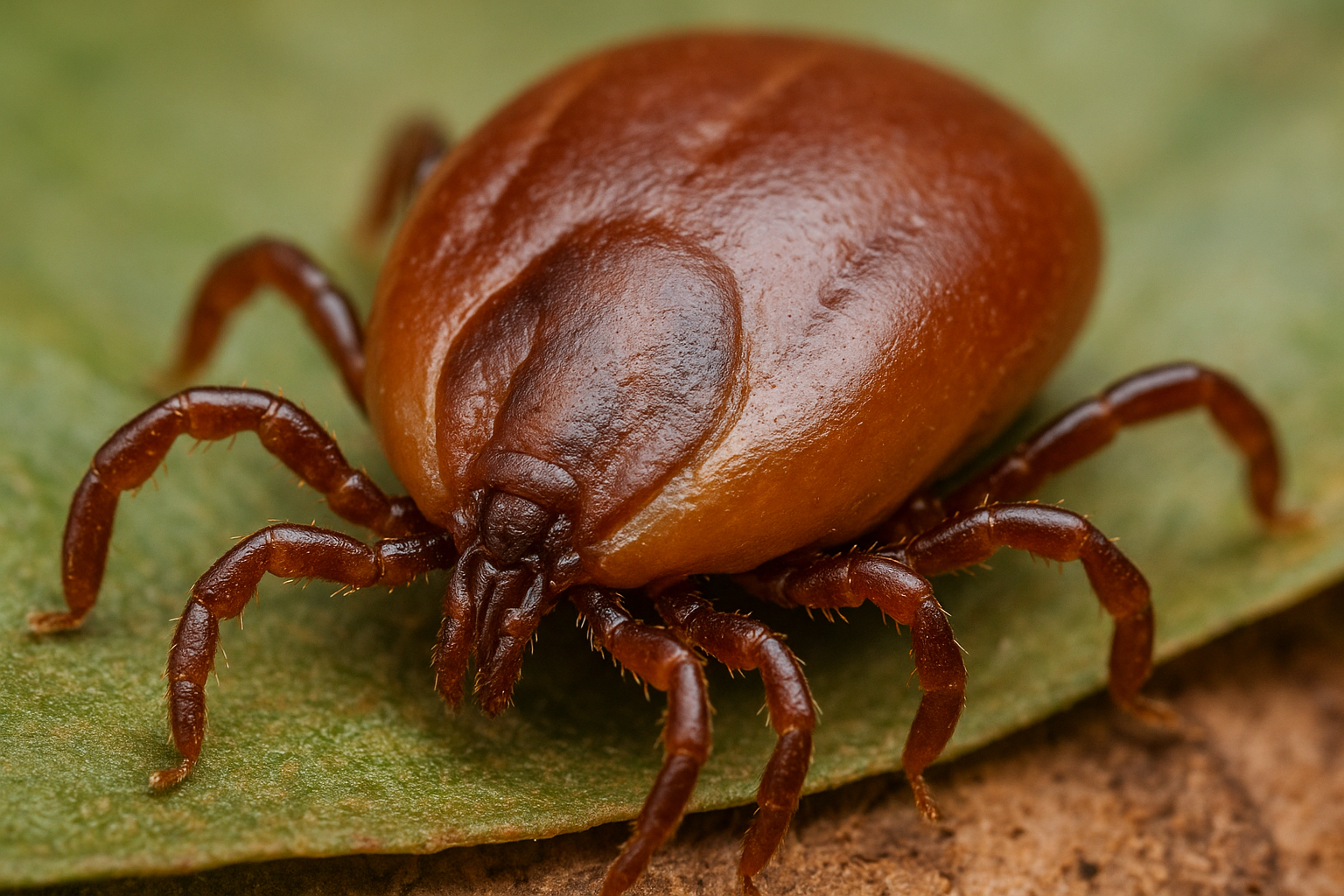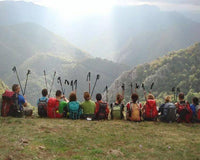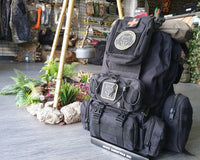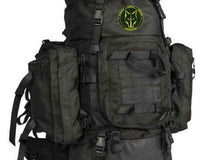The spring and summer months are arriving, and with them a somewhat dangerous species.
Spain is primarily home to two of the more than 190 species of ticks found in Europe. Being exposed to them and being bitten may be more common than we think, especially in rural and humid environments.
Belonging to the "mite" family, ticks can be found mainly in rural environments, fields, places with abundant vegetation or grass, and tall grass or bushes where they wait for their victims to attach themselves to them.
They can accommodate humans, dogs, birds, livestock and local wildlife.
Once they pass through their host, they usually move to warm and humid places on the body such as (armpits, groin, and hair) where they stick their mouths in and begin to suck blood as if they were vampires in a movie.
Most ticks are harmless beyond a swelling in the area and mild pain like a mosquito bite, but some can transmit serious diseases by carrying bacteria, as is the case in Spain.
They can transmit:
- Lyme disease
- Spotted fever
- Tularemia
- Button fever
- Anaplasmosis
- Babesiosis
Recently, we have to add to the list viral diseases, such as the Crimean-Congo hemorrhagic fever virus, and also other non-purely infectious pathologies, such as neurotoxic paralysis.
How to protect yourself from ticks:
If you're planning to visit or stay in areas with a risk of ticks, here are some tips for protecting yourself:
- Even if it is hot, wear appropriate clothing in light colors that allow us to see them easily during a simple examination, long pants tucked into socks or boots, long sleeves, a cap, and a T-shirt tucked into the pants.
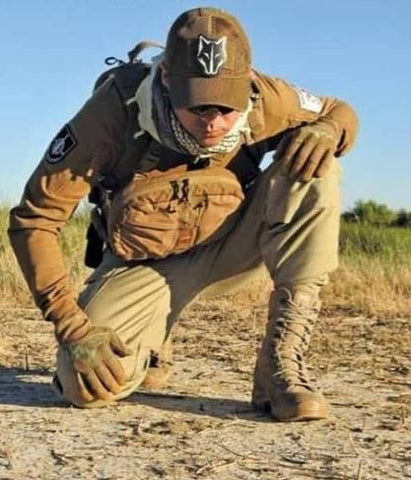 Photo: SERAFO
Photo: SERAFO
- Maintain adequate antiparasitic treatment for dogs if you bring pets with you.
- Use a repellent that is suitable for us.
- Avoid passing through areas with tall grass or areas with large ferns and bushes, ticks usually wait for their host at the top of the vegetation.
- Try to walk in the center of the trails and avoid sitting or lying on the edges.
- Do not touch livestock or wild animals.
- Check your clothing for ticks during and after your walk.
Tick bites are usually painless and not itchy, so it's important to check your clothing, body, and dog after a walk. Tick larvae are very small, so this check should be thorough, paying special attention to areas where the skin is thin, has increased blood flow, or forms folds (groin, armpits, head, back of the ears, elbows, knees, etc.).
Source https://www.ecdc.europa.eu/en
The European Centre for Disease Control (ECDC) regularly updates the known geographical distribution of ticks in Europe, which, likely due to climate change, have tended to appear in areas at higher altitudes and latitudes in recent years.
Below we detail the current known distribution in Spain of the main tick species:
Ixodes ricinus

Hyalomma marginatum
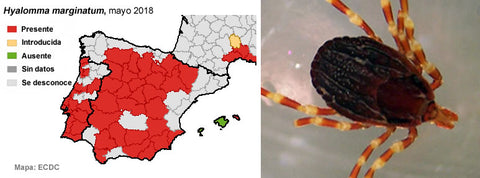
Ornithodoros spp

Dermacentor reticulatus
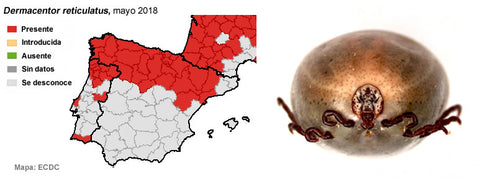
Rhipicephalus sanguineus
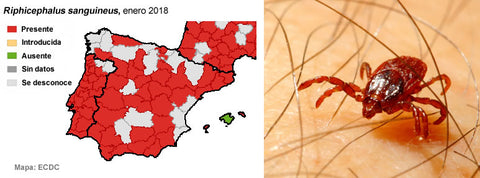
Source https://www.ecdc.europa.eu/en
How to remove a tick:
The most advisable thing is to go to a health center to have them removed with all the sanitary, hygienic and safe guarantees, since sometimes they can even prescribe us a broad-spectrum antibiotic that acts against a wide range of pathogenic bacteria, especially in children to prevent Lyme disease.
If you cannot go to a health center:
- Use fine-tipped tweezers to remove the tick. If you don't have tweezers, wear gloves or cover your hands with toilet paper and use your fingers. Do not handle the tick with your bare hand.
- We'll grab the tick with the tweezers as close to its mouth as possible (the part in contact with the skin). The tick's body is above the skin.
- Don't grab the tick by its swollen abdomen. Squeezing it could introduce infected tick fluid, or viruses and bacteria it carries, into your body.
- Gently pull the tick straight out until its mouth part releases the skin. Do not twist the tick. This can separate the tick's body and leave the head in the skin.
- If part of the tick's head remains in the skin, leave it. It will likely fall off on its own in a few days; you can cover it with a cotton ball soaked in olive oil and alcohol.
- After removing the tick, we'll wash the tick bite area with plenty of clean, warm water. Also, be sure to wash your hands thoroughly with soap and water. It's also a good idea to store the tick in a small bag or jar, because if we start to get fever, dizziness, or aches, it's important for the doctor to be able to identify which species of tick we were exposed to.
Methods such as burning a tick with a cigarette, using nail polish, or drowning it in alcohol or gasoline don't usually work, and what we'll do is cause the tick to leak fluid, potentially infecting us further.
This does not mean that we cannot enjoy the natural environment in spring/summer, it simply means that we have to be especially careful in certain areas or when sleeping outside without any protection.
At Northvivor we have slept many nights outdoors, at different heights, areas, vegetation, rooms, stables, and other places where we could rest, and although we once extracted our skin in Central Europe, we never had the slightest problem.

